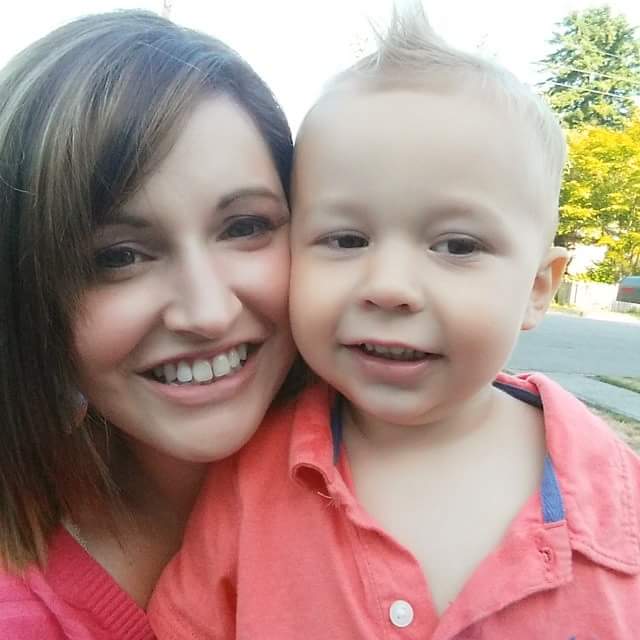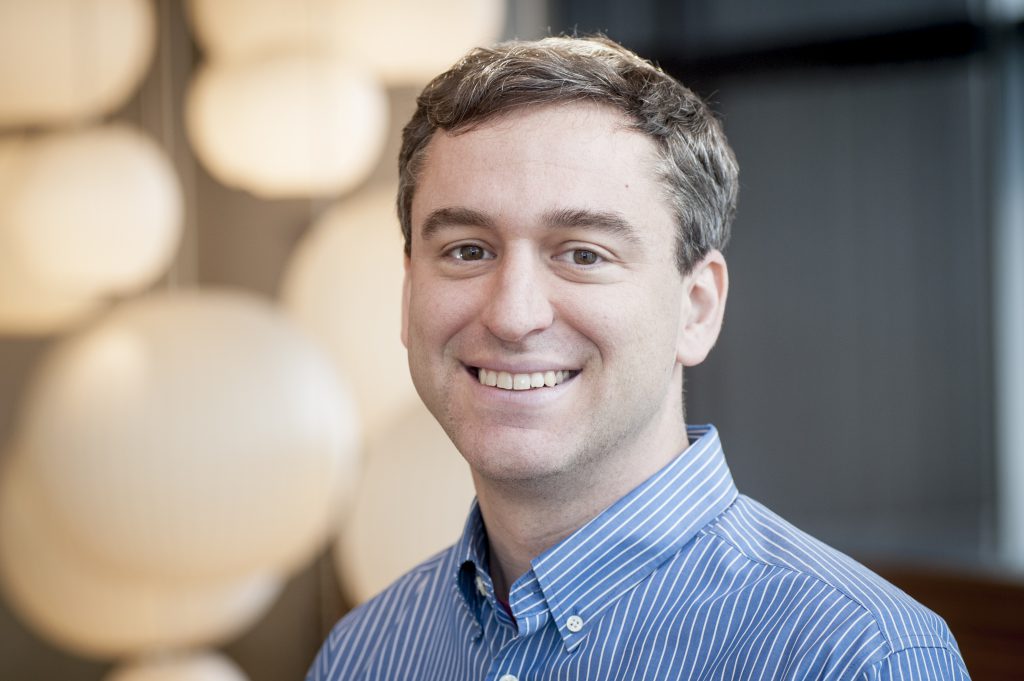
There are times when a child comes to the hospital with symptoms and even after a thorough exam and many tests, doctors can have a difficult time making a diagnosis. Now, doctors and researchers at Seattle Children’s have a new tool that will be key in finding answers for patients and their families: A next generation gene sequencer that can be used to sequence DNA quickly and make diagnoses in complex cases.
The machine, an Illumina NextSeq, can sequence all of the genes in the human genome in just 24 hours. The enormous amount of data generated by this machine will be processed using the PierianDx analytical pipeline.
“This new technology will dramatically decrease the cost of gene sequencing for our patients and will help us make quicker diagnoses, especially in complicated cases,” said Dr. James Bennett, a geneticist and researcher at Seattle Children’s Hospital and Seattle Children’s Research Institute. “Families can sometimes go years without a diagnosis. Now, we’ll be able to provide more answers and identify potential therapies based on what we find in the genome.”
One family’s genetic journey for answers
Kaylyn Milligan knows how frightening it is to worry about passing a genetic condition on to a baby. But she didn’t always have the knowledge she needed to make decisions about family planning. Unbeknownst to her, Milligan had a rare genetic mutation that could result in heart malformations, and her first pregnancy ended in the painful loss of a baby, Colton.
“At an ultrasound late in my third trimester we found out the baby had a congenital diaphragmatic hernia,” Milligan said. “Colton was born in July 2010, but his condition was dire and he lived just one month.”
A congenital diaphragmatic hernia is a condition that occurs when the thin muscle that separates the chest from the stomach, called the diaphragm, does not form completely. Milligan and her husband lost a second baby that also had a congenital diaphragmatic hernia and other issues that hinted to a possible genetic cause.

Bennett studies genetic disorders that lead to congenital malformations, or birth defects. He was determined to help Milligan and her husband figure out why their babies had these conditions. There were clues—Milligan herself was a heart surgery patient at Seattle Children’s as a child, and she was found to have gastrointestinal malrotation, an abnormal rotation of the stomach and small intestine, between her first and second pregnancies. Bennett knew there could be an answer in Milligan’s genes.
“I found an open study at the University of Washington’s Center for Mendelian Genomics that would sequence Kaylyn’s genome, and I worked with a geneticist at Columbia University who was doing research on congenital diaphragmatic hernias,” Bennett said.
Pinning down an answer in the genome
After a laborious review of Milligan’s genome, Bennett found the answer — she had a rare mutation on the GATA6 gene that could cause heart malformations and other complications. Milligan and her husband had up to a 50% chance of passing the gene on to a baby.
Armed with that knowledge, they are able to make educated family planning decisions. They now have a healthy 2-year-old boy named Owen and are also foster parents.
“Owen is the apple of my eye,” Milligan said. “We never take him for granted after all that we’ve been through.”
Milligan shares her story with doctors in training at Seattle Children’s and she’s a strong advocate for genetic testing.
“I tell other families going through this that knowledge is power,” Milligan said. “I wanted as much information as the doctors could provide so we could make educated decisions.”
Bennett says that with the new gene sequencing technology at Seattle Children’s, results can be available in as little as a few weeks.
“This technology will lead us to therapies and medications for patients that were previously undiagnosed,” he said. “Just as importantly, it can answer the question, ‘Why is my child different?’ for parents. By having easy access to this new gene sequencing technology, we’ll be able to help families find answers and potentially life-saving treatments more quickly.”
Resources
- Dr. James Bennett, Seattle Children’s Research Institute
- Seattle Children’s Laboratory Services

